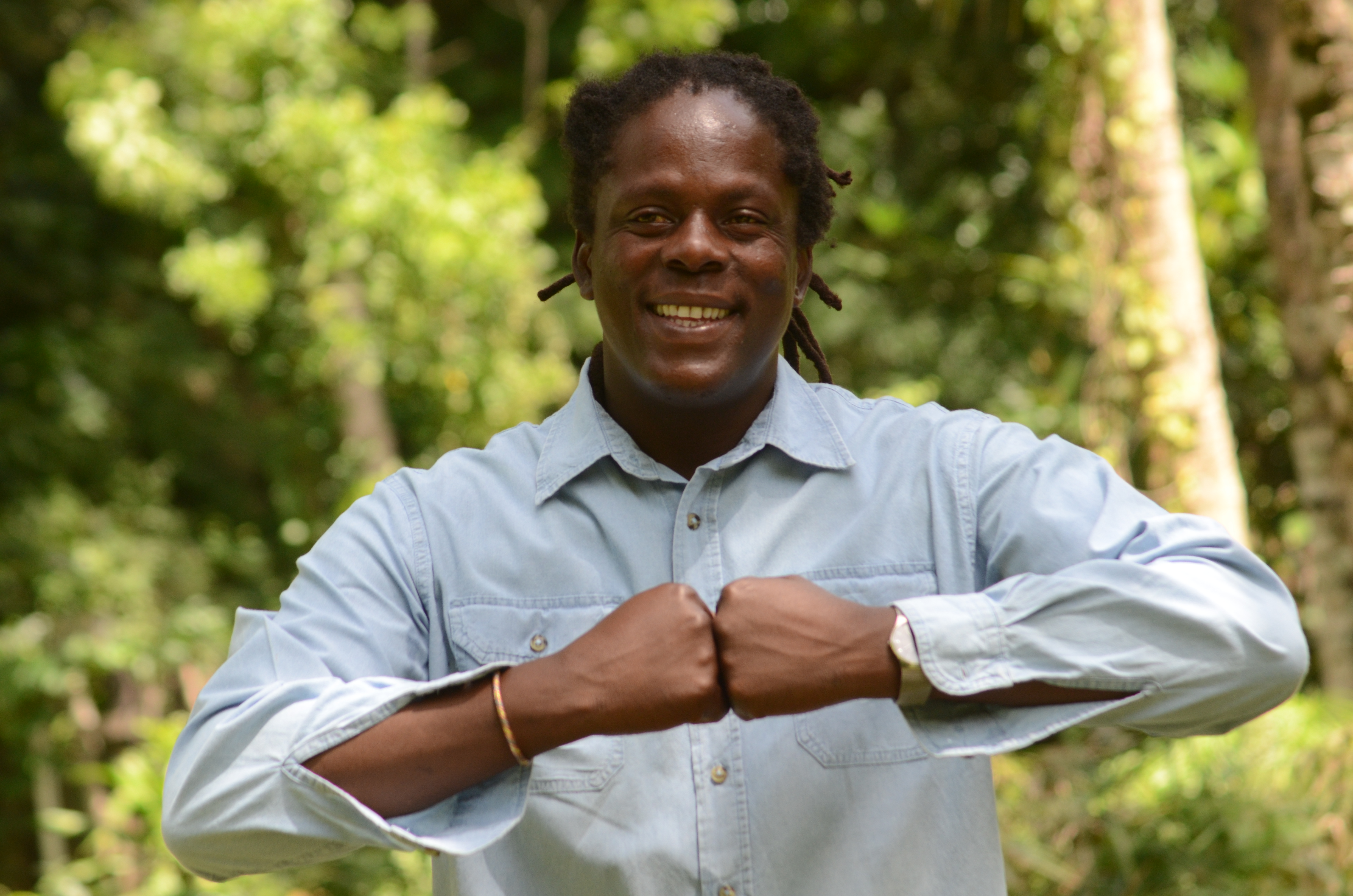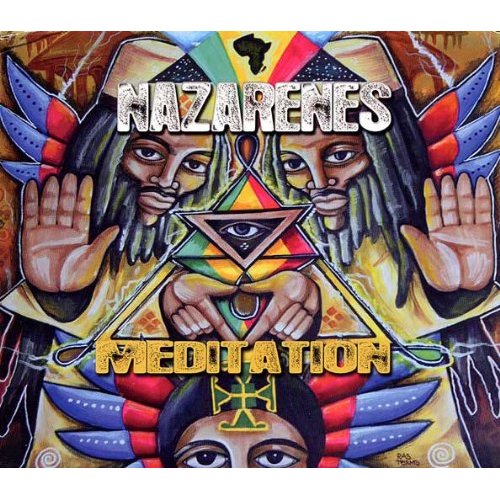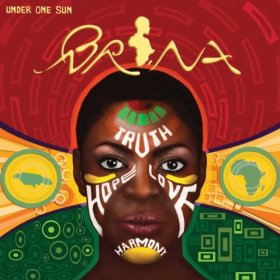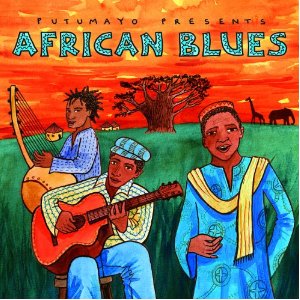Standing in the outfield on the final night of Red Stripe Reggae Sumfest 2005, I found myself comparing the experience to the Reggae Sunsplash shows I enjoyed all those years ago and which Sumfest seeks to perpetuate. I recently watched a TV documentary of the 1981 Sunsplash that brought back vivid memories of those not-so-long-ago days — a show that was filled with performances from many stars then at the height of their fame and ability such as Black Uhuru, Jacob Miller & Inner Circle, Judy Mowatt and the I-Threes, the first appearance of the infant Melody Makers, Eek-A-Mouse, Gregory Isaacs, Third World, Dennis Brown, a young Nadine Sutherland, and more. Watching, I remembered how very much Sunsplash and its immense popularity, especially for foreign visitors, was because it was a celebration of Rastafari lifestyle and culture. In those days the only foreign acts were Black British Rasta groups, novelty acts like Musical Youth or white youths with dreadlocks paying homage to Bob not headlining American hip hop stars.
Thirteen years later, as I stood in the not-filled outfield and watched the show, I realized that the celebration factor of Sunsplash is completely gone from Sumfest. Apart from the distinct pleasure of seeing Bobs son Damian Junior Gong fully inherit his fathers mantle, the evening had none of the vibrant enjoyment and elation that crowds used to display in years gone by as the annual event came to a close. People started leaving as soon as young Marley finished his performance, and Grammy-winning veteran Toots Hibbert – age dimming the vital power his performance used to have — failed to excite the crowd and played to a virtually empty field.
Sumfest was originally a clone of Sunsplash. As the annual music event in Montego Bay, it fails to excite and draw crowds because the feature that made the event internationally attractive is missing. This, in turn, has made the event into what is now merely a massive celebration of corporate sponsorship. Sponsors dictate which artists can be featured, and this often excludes the really popular acts because they do not fit corporate images. The Fully Loaded show held in Ocho Rios the night after Sumfest at an equally large venue, was packed with patrons who came to hear the very artists banned from Sumfest.
For an event with Rastafari colours and emblem to be named after a best-selling alcoholic beverage (Red Stripe), Sumfest embodies a contradiction which has undoubtedly led to the disappearance of the large numbers of Rastas and visitors who love reggae culture. Such music lovers now flock to the many Rasta-themed events such as Rebel Salute and East Fest that draw enormous crowds, including tour booking agents for the massive US and European all-reggae concerts that draw even larger crowds, such as Californias Reggae On the River – an annual “whos who” of reggaes stars.
In this, the 60th anniversary of Bob Marleys birth, Sumfest’s organizers missed a brilliant opportunity to restore their events relevance and profits, by not returning to the events cultural roots fully and inviting all of reggaes very best. Among these, I would include international stars such as U2 with Bono, and No Doubt with Gwen Stefani. A lineup like this would surely attract massive crowds, and the sale of film and video rights should certainly cover costs.
The high cost of the US stars that performed on the final night seems to be why they are billed higher than the local reggae talent, but such billing is ridiculous for an event that advertises itself as the greatest REGGAE show on earth. Though it was wonderful to see and hear the electric voice and personality of American Idol Fantasia and to show her some good old Jamaican love, and while Fabulous showed how much respect he has for reggae by DJing to popular reggae songs and wearing Jamaican colours, the stars of the night were young Damian Junior Gong Marley and foundation singer Ini Kamoze — proving that Jamaican reggae stars deserve to be billed higher than media-popularized pop imports. Jr. Gong is a true chip off his fathers block, combining an immense talent for reggae rapping with a consciousness and love for the underprivileged and disadvantaged that makes his songs powerful. His collaboration with his fathers Exodus from his forthcoming album is certain to be a smash hit. Ini Kamoze sang his revolutionary hits of yesterday, including the formerly-banned Theres a hole in the Pumpkin — reminding us how many of reggaes past heroes wed love to see and hear again.
Looking at the loosely packed crowd on Saturday night and knowing of the even-smaller attendance figures the previous night, I know the organizers will be seeking answers to their certain losses. In offering an answer to the question of how to increase attendance figures especially from abroad, I would suggest a return to the original Sunsplash formula in which every effort was made to preserve a Rasta vibe. It used to be the only time when things Rasta were smiled at and allowed to shine. There was no garish corporate advertising. Booths were rustic with thatch roofs, and the merchandise inside was real craft sold by craftspeople who could afford the modest booth rental fees not imported red-gold-and-green trinkets.
Instead of the many bars that surrounded this years Sumfest field, Sunsplash had booths selling ital or natural dishes, making show-goers especially visitors view Sunsplash as a natural food festival. What made Sunsplash stage sets unique in show-goers’ eyes were the huge painted backdrops of Rasta symbols and icons, providing memorable photo opportunities when illuminated by spotlights and red-gold-and-green lighting. This all made the event authentically located in Jamaica — home of the wild tribe called Rasta that created the glorious music called reggae. This cultural identity has been replaced today by sets that feature only the sponsors logo, thereafter shown in every second of TV screen footage.
Maybe its too late to save Sumfest because as I said before, other events now earn their popularity because of their highly Rasta image and presentation filling an obvious need. So maybe my observations are unnecessary and I should be recommending that Sumfest organizers who also organize the annual successful Jamaica Jazz and Blues concert should incorporate the two into one and forget about Sumfest. But I want to believe there is hope of restoring the annual MoBay music event to the economic and tourism bounty it can attain for Jamaica.
The events best asset is that its held in a beautiful city with a choice of excellent hospitality facilities. That vital, secret ingredient of the annual MoBay event revives it again and again, so its worth trying for success.





